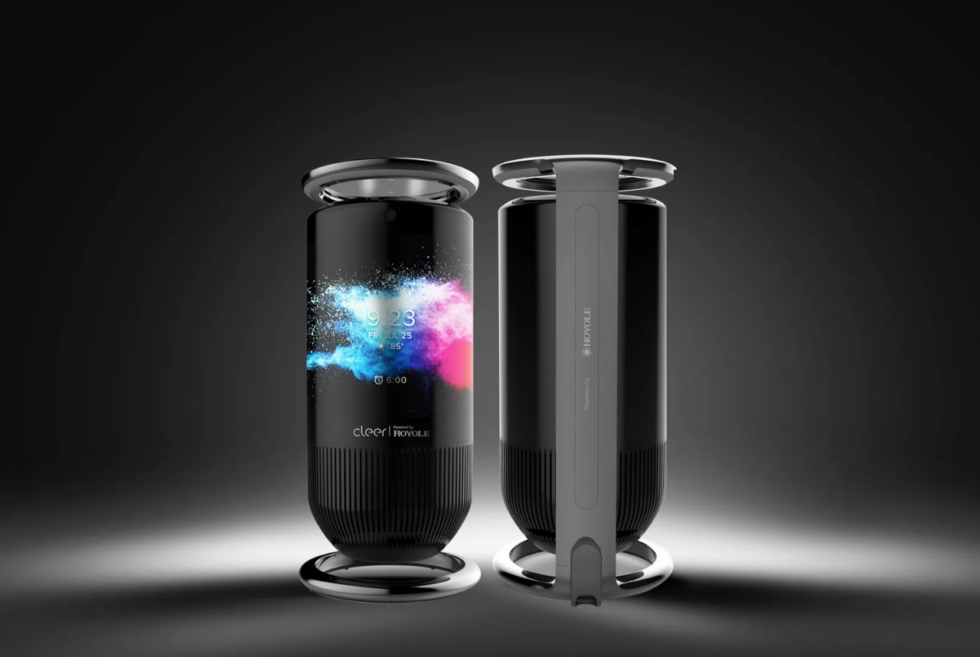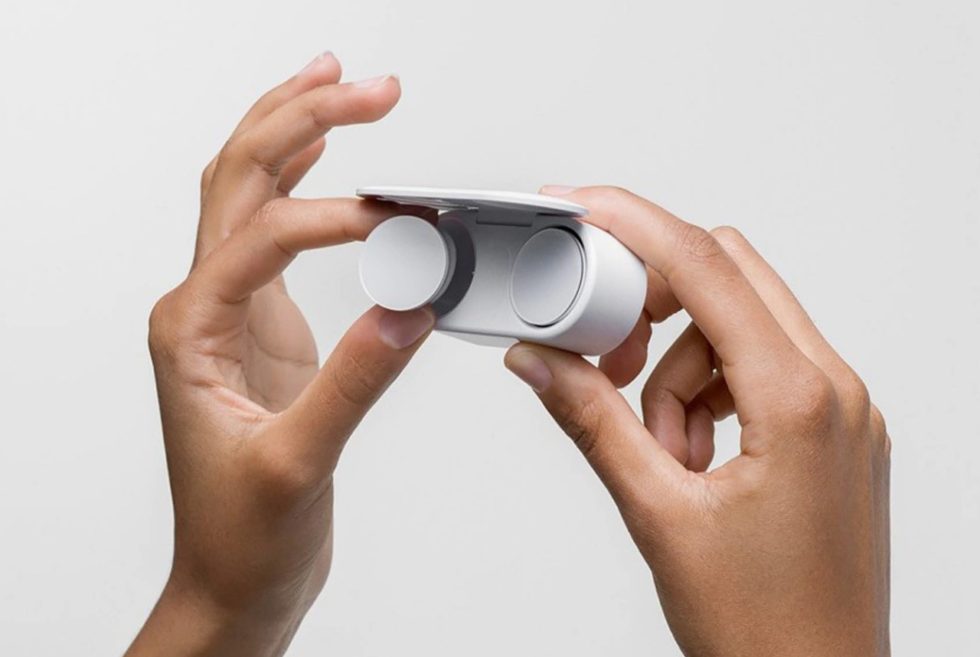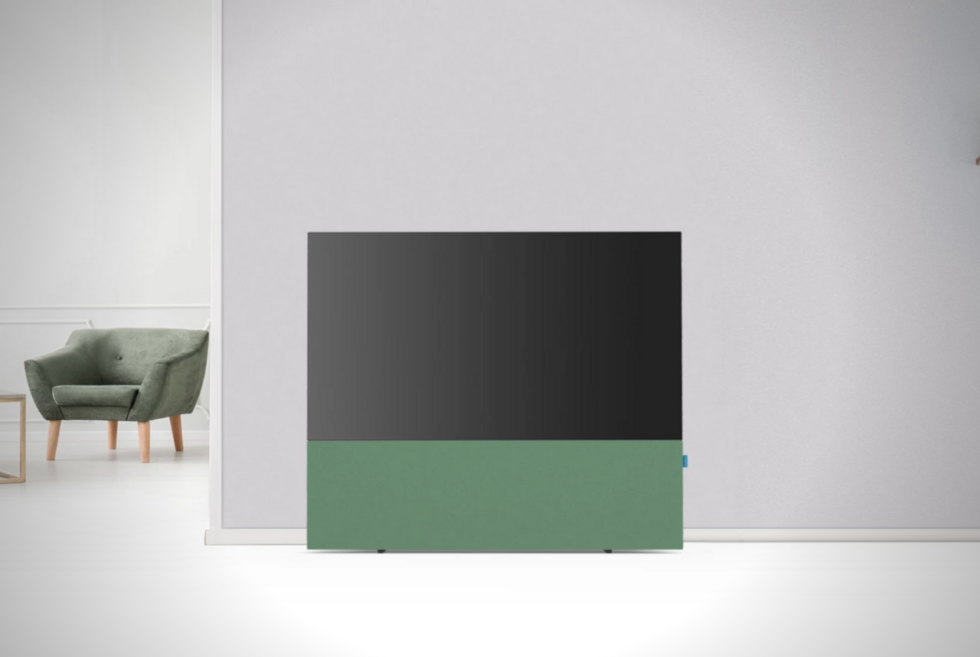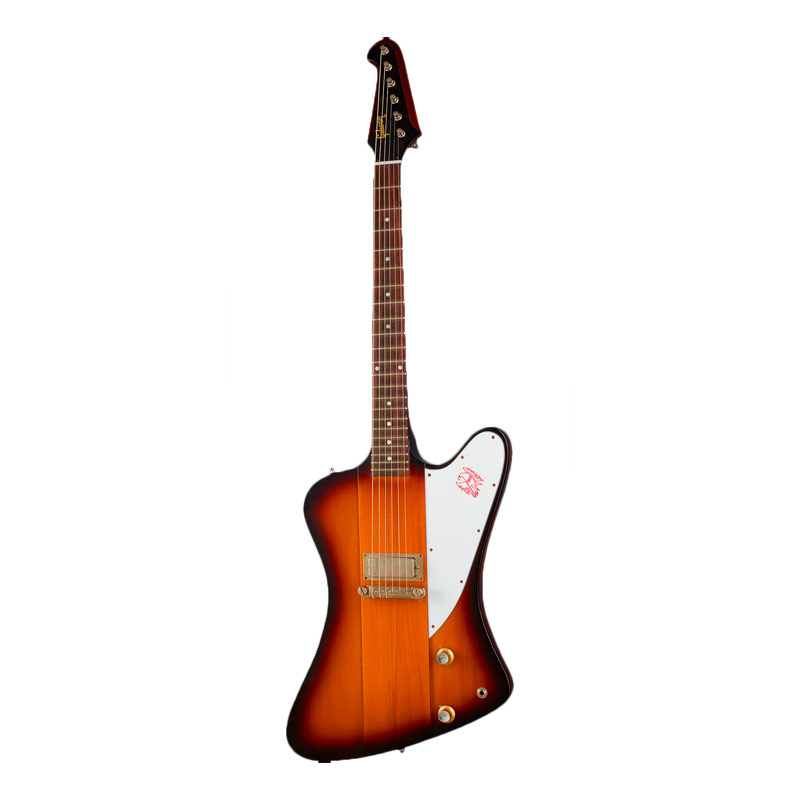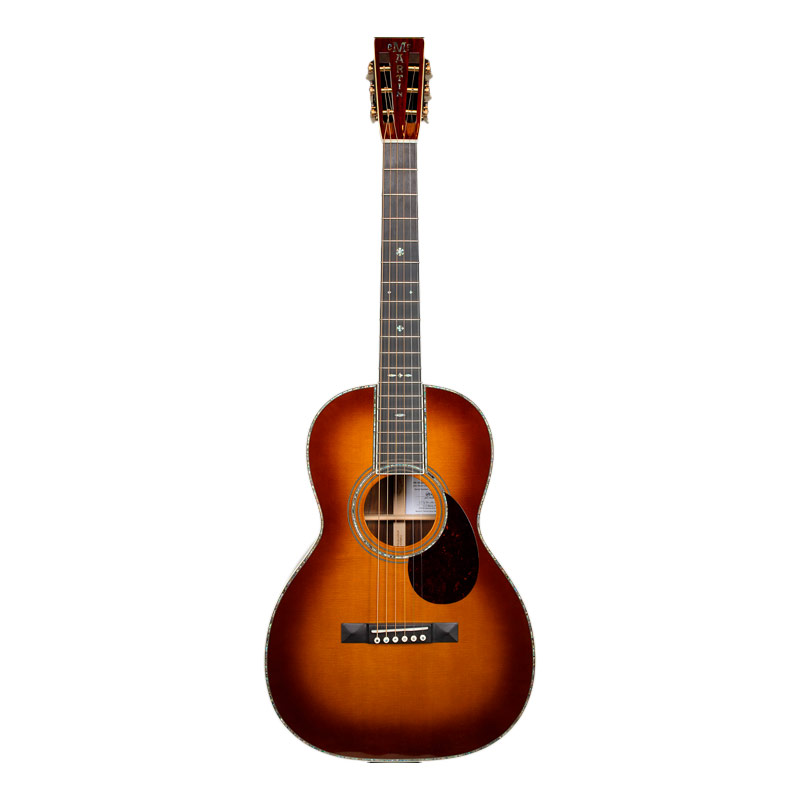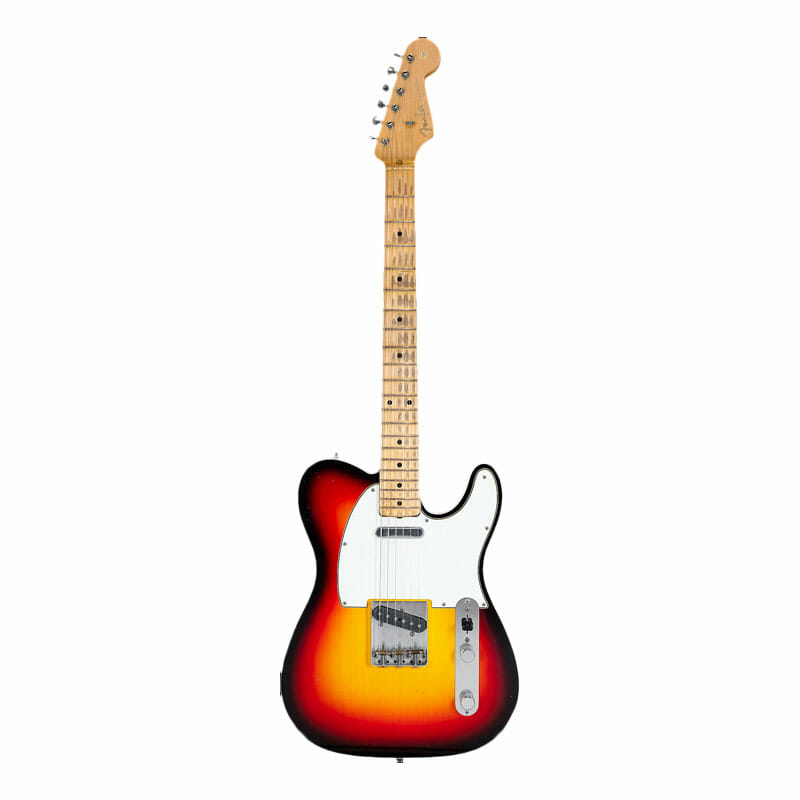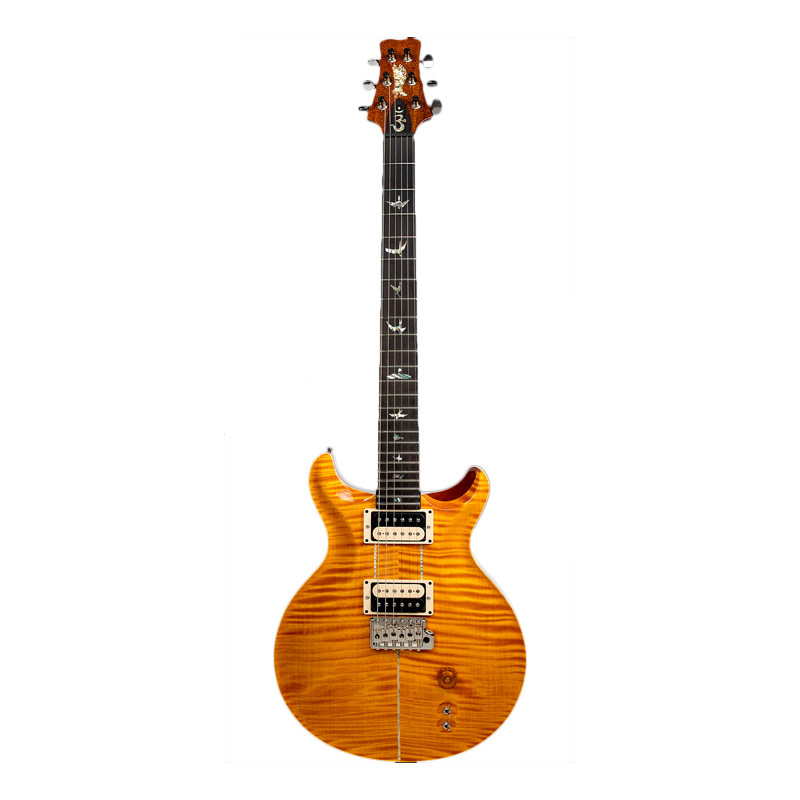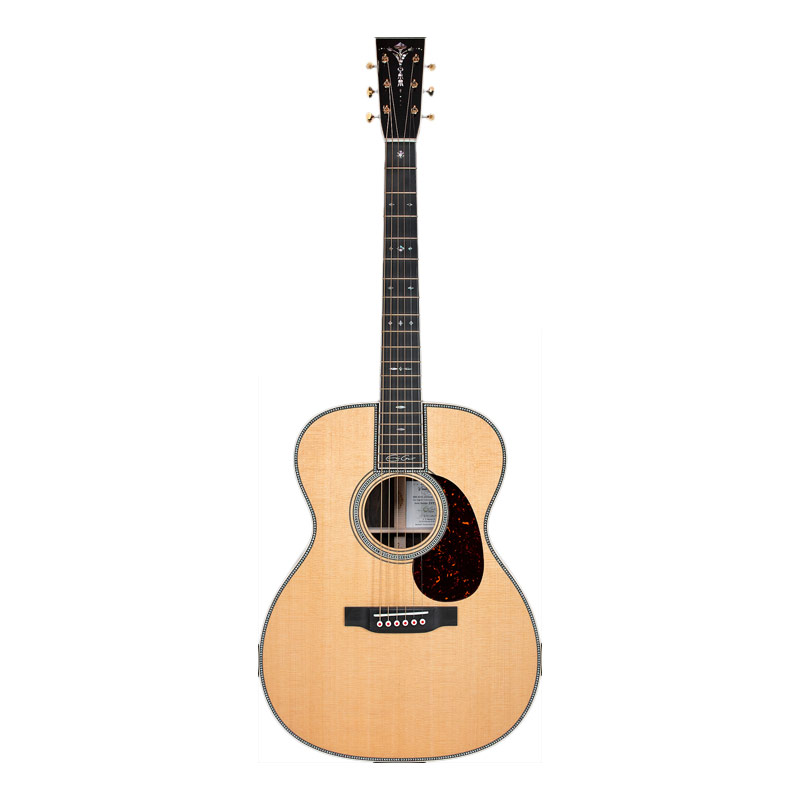In the 35 years since guitar builder Paul Reed Smith founded his eponymous brand, his premium instruments have become the modern benchmark for electric guitars. Many of the best guitarists in the world play PRS instruments including Al Di Meola, Carlos Santana, Dusty Waring, John Mayer and John McLaughlin, among others. These professional musicians play PRS guitars that retail for thousands of dollars, but the brand also offers a more accessible line of instruments for budget-minded amateurs.
The PRS SE line, originally launched in 2001, is made overseas unlike the PRS mainline which is manufactured in Maryland. But, the SE guitars aren’t just cheap look-alikes — they’re highly functional, player-centric guitars that deliver PRS-approved tone, feel and appearance. And while the SE line is mainly made up of electric guitars, in recent years, it has expanded to offer acoustic options in its Tonare series.
The latest addition to the Tonare series is the P20E, a parlor-sized acoustic guitar with a solid mahogany top. Many guitarists don’t first think of a small-body acoustic when considering a new instrument, but with this new option from PRS, they certainly should.
Why You Should
It’s got projection, warmth and balance. The first thing that stands out about this guitar is how good it sounds, right out of the box. It has a warm tone, thanks to the solid mahogany top and laminated mahogany back and sides, but doesn’t lack focus. Each note is clear and defined, whether plucking chords, picking solos or strumming changes.
Designed with the PRS Hybrid “X”/classical top bracing, it’s got great projection and nails the small-body punchiness that serious players love in parlor-sized guitars. But that projection is never out of balance, and the guitar’s sound is very well balanced — the basses aren’t overly boomy and the mids aren’t muffled. Its sound is warm and clear and stands up to instruments that cost four times as much.
It’s easy and fun to play. Many affordable acoustic guitars aren’t set-up with players in mind, but this isn’t the case with the P20E. The more-substantial ‘Wide Fat’ neck profile is very comfortable and feels good in the left hand. And for the right hand, the string spacing is a blessing for fingerstyle players. The 24.72″ scale length is also easier on the hands, making stretches and complex chord shapes far-less demanding.
It’s a great value. At $579, the P20E is a great value. It offers the details — bone nut and saddle, solid wood top — that you’d expect in a guitar that costs far more, and has a sound worth every penny. The onboard Fishman GT1 electronics are a great option for those looking to plug-in and play, and the controls are immediately intuitive. If you’d prefer to mic-up or just don’t need the onboard electronics, a model sans pickup — the P20 — costs just $499.
![]()

Why You Shouldn’t
You’re looking for a different sound. If you’re looking for the powerful voice of a dreadnought, this isn’t the guitar for you. The P20E does take well to both strumming and fingerstyle playing, but the balanced sound is suited to melodic playing and plucked counterpoint. It can get percussive, but it’s not a boomy large-body guitar. This isn’t a guitar for every single style, and that’s ok.
It’s got some competition. While this is a great affordable small-body guitar, there are some other affordable options to check out from brands like Breedlove, Guild, Alvarez and Lag. If you have the opportunity to play a few different models, it’s worth the time.
What to Consider If You Do
To plug in, or not. How are you going to use this guitar? Are you a singer-songwriter who wants to easily plug into the PA at different intimate venues? Are you a worship guitarist looking for a small-body acoustic to play with a group? Are you playing lots of gigs? In those cases, maybe it’s worth spending a bit more for the P20E and running your guitar through a good DI box.
In most other scenarios, it’s a good choice to go without the electronics. But, the $499 P20 can still be mic’d up, if you’re playing a show.
It’s still a budget-minded instrument. This is still a $500 guitar, though it punches above its weight class. Made for PRS by Cor-Tek in China, it’s designed to sound, play and look great — and it does all these things. And for the price, it’s hard to fault.
[embedded content]
My Experience
I’m not going to lie, I’m a fan of small-body acoustic guitars. I’ve played countless parlor-sized guitars — some from the late 19th-century — and own a OO size acoustic from a notable American builder. So when I heard PRS was adding the P20E to it’s SE Tonare series, I was naturally curious. Budget-friendly acoustic guitars have come a long way in the past two decades, but I was skeptical about what a $500 instrument could really offer.
Out of the box, this guitar immediately caught my attention. It looked great and had a clean finish — my only gripe was with the cheap pickguard which was not fully glued to the body. The solid mahogany top was clean and the herringbone binding was quite professional. But this guitar really stood out when I started playing.
Though I’m partial to smaller guitars with soft-V necks, the ‘Wide Fat’ neck profile on this instrument was refreshing compared to other instruments at this price point. It was comfortable while chording, playing single-note lines and working through contrapuntal fingerstyle passages. And while many small-scale acoustics have 12-fret-to-the-body necks, the P20E’s neck meets the body at the 14th fret, giving more room for higher-register playing.
It was hard to fault the sound of this guitar in any way. It had great projection and a warm, round tone that remained focused. At times, I found myself wanting more overtones in the sound — treble lines that had shimmer — but it’s still a new guitar; as it’s played more, it will open up. But out of the box, the sustain and resonance were admirable. The P20E was responsive and highly dynamic, picking up on all my right-hand nuances.
After spending some time with it, my biggest takeaway was that it was fun to play and sounded great. That’s actually a lot of ask of a guitar, especially a $500 instrument. So if you’re in the market for a new affordable acoustic, this should sit at the top of your list.
John Zientek is Gear Patrol’s style editor and in-house guitar authority. He grew up on the West Coast.
More by John Zientek | Follow on Contact via Email





